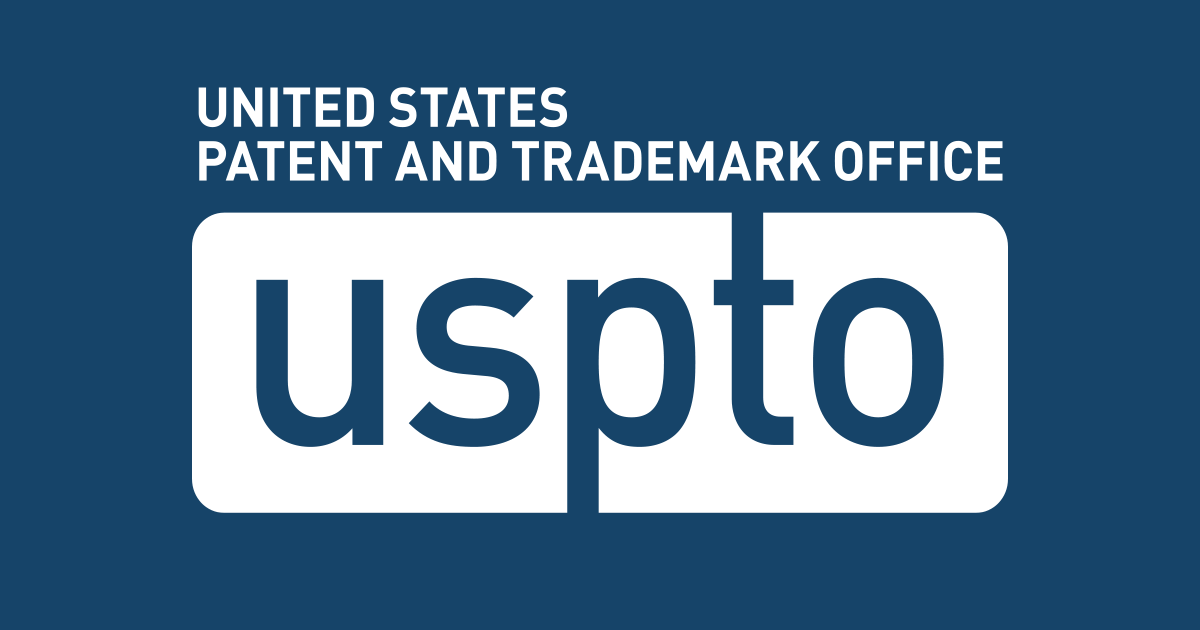In today’s digital age, there are numerous opportunities to earn money using apps right from the convenience of your smartphone. Whether you’re looking to make some extra cash on the side or want to explore new avenues for income, there are plenty of apps available that can help you achieve your financial goals. From taking surveys to selling unwanted items, the possibilities are endless. Here, we’ll take a look at nine of the best apps to make money, each offering unique features and opportunities for users.
1. Ibotta:
Ibotta is a popular cashback app that allows users to earn money on both in-store and online purchases at over 2,000 supported retailers. Originally focused on groceries, Ibotta has expanded to include a wide range of categories such as clothing, entertainment, and dining out. Users can earn cashback by adding offers, linking retailer loyalty accounts, or purchasing retailer gift cards through the app. Payment options include PayPal, digital gift cards, or direct bank deposits.
Pros: Ibotta offers quick cashback on in-store purchases, typically within 24 hours. The app also provides welcome bonuses to new users, referral bonuses, and various payment methods.
Cons: Earning money can be a slow process, and users need to have a minimum balance of $20 to redeem their earnings. Additionally, there is an account maintenance fee for inactive or deactivated accounts.
2. Rakuten:
Formerly known as Ebates, Rakuten is a cashback app that rewards shoppers with cashback on purchases from well-known retailers, restaurants, and food delivery services. Users can also earn cashback on travel, gift cards, and more. Payment options include PayPal or a “Big Fat Check” sent out every three months.
Pros: Rakuten offers cashback on thousands of stores and purchases, making it easy to find deals where you already shop. New users can earn a welcome bonus, and there are opportunities for referral bonuses as well.
Cons: Users need to spend money to make money, and there is a waiting period to receive cashback. Additionally, users must remember to initiate purchases through the app to receive credit retroactively.
3. Swagbucks:
Swagbucks is a versatile cashback and rewards app that allows users to earn points, called “SB,” by shopping online, taking surveys, watching videos, playing games, and completing other tasks. Points can be redeemed for gift cards, prepaid Visa cards, or cashback to PayPal. Payment options include e-gift cards, prepaid Visa cards, PayPal, or Bitcoin.
Pros: Swagbucks offers multiple ways to earn rewards, and there is no waiting period to cash in. Payments usually arrive within 10 business days after redemption, and new users can earn a $10 bonus with a qualifying $25 purchase.
Cons: Earning potential can be limited, as one SB is worth about a cent. Users may need to invest time and effort to make substantial money, and not all tasks qualify for rewards.
4. Fiverr:
Fiverr is a freelancing marketplace that features gigs in over 200 categories, such as music, video, and animation. Users can create a seller profile, post gigs, and get paid once the job is completed. Payment options include PayPal, direct bank transfers, Payoneer, or credit to a Fiverr Revenue Card.
Pros: Fiverr eliminates the need to find buyers, as clients come to you. Sellers can also earn tips and enjoy flexibility in completing gigs around their schedule.
Cons: Fiverr takes a 20% cut of earnings for every gig, including tips, and there is a standard 14-day waiting period to withdraw money after completing an order.
5. Upwork:
Upwork connects freelancers to gigs in writing, design, marketing, and other categories on the marketplace. Users create a profile, submit proposals, and get paid on an hourly or per-project basis. Payment options include direct bank transfers, wire transfers, PayPal, and Payoneer.
Pros: Upwork simplifies the process of finding clients, establishing relationships, and getting paid. Users can set their preferred rates and schedules.
Cons: Upwork charges a service fee of 10% based on billed client amounts, and there is a 10-day waiting period to receive payments. Users may also face competition from other freelancers on the platform.
6. OfferUp:
OfferUp is a local marketplace where users can sell items locally or ship them nationwide. Users create listings, communicate with buyers through the app, and arrange transactions. Payment options include cash for local sales and deposits to debit cards or bank accounts for shipments.
Pros: OfferUp makes it easy to create listings and receive instant payment for local sales. Users can view buyer reviews and ratings for added security.
Cons: Sellers are responsible for meeting buyers in person and handling transactions. There is a service fee for shipments, and successful sellers may need to invest in shipping supplies.
7. Poshmark:
Poshmark is a popular app for selling clothes, accessories, and home decor. Users create listings, share them in virtual shopping events, and ship items to buyers using prepaid labels. Payment options include checks, PayPal, Venmo, instant transfers, or direct deposits.
Pros: Poshmark streamlines the selling process and handles shipping and customer issues. Sellers receive payment within three days of the buyer receiving the order.
Cons: Poshmark charges a commission for sales, with fees varying based on the sale amount.
8. Premise:
Premise is a task-based app that rewards users for completing simple tasks such as sharing local insights and taking surveys. Payment options include PayPal, Bitcoin, or Payoneer.
Pros: Premise allows users to contribute to their community and earn rewards for completing tasks. Tasks may be associated with public service entities and governance-related activities.
Cons: Users may face limited tasks depending on their location, and some users find the app challenging to use.
9. Upside:
Upside provides cashback for gas, grocery, and restaurant purchases, with users earning an average of 8% cashback on groceries and dining. Payment options include PayPal, gift cards, or direct bank deposits.
Pros: Upside focuses on essential daily purchases, and frequent users can earn over $300 annually.
Cons: Some users report technical issues with the app and find the receipt uploading process time-consuming for minimal payouts.
In conclusion, these nine apps offer a variety of ways to make money, whether you’re looking to earn cashback on purchases, sell items, or complete tasks for rewards. Each app has its unique features, payment options, and pros and cons, so it’s essential to choose the ones that align with your financial goals and preferences. With the right approach and dedication, you can leverage these apps to boost your income and achieve financial success.



















